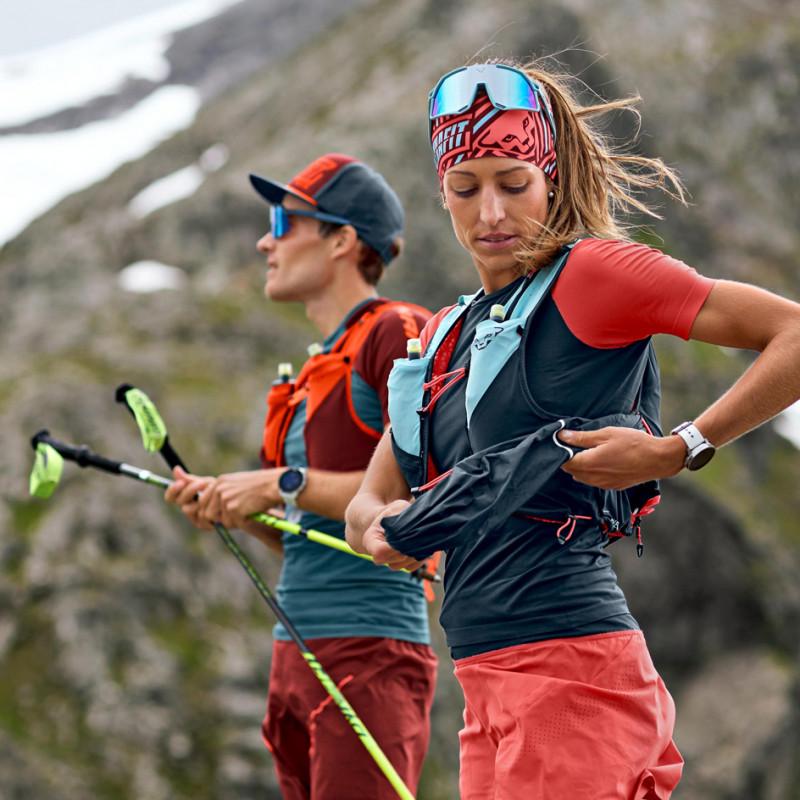Title: Unraveling Misconceptions: Clarifying Common Beliefs in Trail and Ultra Running Training
As trail and ultra running gains traction among fitness enthusiasts, a myriad of misconceptions about training techniques and strategies has emerged. Whether you are an experienced ultra runner or just starting your journey,falling prey to misinformation can hinder both your performance and enjoyment on the trails. This article aims to clarify prevalent myths surrounding trail and ultra running training, distinguishing between fact and fiction while providing runners with essential insights for navigating challenging terrains. From endurance-building methods to nutritional approaches, grasping these common misunderstandings is vital for refining training practices and boosting overall performance. Join us as we uncover the truths that underpin this expanding athletic community.
Myths about Endurance Training for Trail and Ultra Running
Endurance training tailored for trail and ultra events is often clouded by various misconceptions that can lead to inadequate readiness or even injuries. A widespread myth suggests that simply increasing mileage will enhance performance. While longer distances are indeed crucial, they must be complemented by targeted training strategies to prevent burnout. Many runners mistakenly believe their focus should solely be on long runs while overlooking other critical elements such as strength conditioning, nutrition, and recovery practices. This limited perspective can impede overall growth and resilience on rugged trails.
Another frequent misunderstanding is the belief that trail running necessitates a completely different approach compared to road running. Although variations in terrain exist along with differing intensities, the core principles of effective training remain similar across both types of running. Runners often underestimate the meaning of speed work or varied workouts, wrongly assuming they hold no relevance for longer distances. Integrating a diverse array of exercises not only boosts endurance but also enhances agility—key attributes when tackling unpredictable trails. As athletes pursue their next goals, it’s imperative to challenge these myths in favor of a more complete approach to training.
Nutrition Myths in Long-Distance Trail Running
The world of long-distance trail running is rife with nutritional myths that can mislead athletes into making poor dietary choices before races. One common fallacy is that carbohydrate loading must commence several days prior to an event; this misconception frequently enough leads runners into unnecessary stress regarding meal timing before competitions. In truth, moast athletes benefit from maintaining a balanced carbohydrate intake leading up to race day without fixating solely on glycogen reserves—overlooking crucial roles played by proteins and fats, which are vital for energy production as well as muscle recovery post-race.
A further misconception involves hydration strategies; many runners erroneously assume one method—be it drinking only water or relying entirely on electrolyte beverages—is sufficient across all scenarios. The reality is hydration needs fluctuate considerably based on factors like temperature conditions, pace intensity during runs, as well as individual sweat rates among athletes themselves; thus proper nutrition should be personalized accordingly when devising hydration plans:
| Circumstance | Suggested Action Plan |
|---|---|
| Elevated temperatures | Add extra fluids when temperatures rise. |
| pacing Intensity Levels | dose up electrolytes during high-intensity efforts. |
| >Road-specific shoes | tr < |
| >Trail shoes offering grip support | tr < |
| >Durable models reinforced toe caps | tr < |
| >Water-resistant options excellent traction | tr> tbody> table >
Final Thoughts on Trail & Ultra running Training MythsThe rising popularity surrounding both disciplines necessitates awareness amongst newcomers seasoned veterans alike navigate through persistent myths possibly hindering progress achieved throughout journey undertaken within sport itself . From assumptions linking higher mileages directly improving stamina capabilities down believing specific terrains don’t influence regimen understanding realities integral success becomes increasingly critically important . Through exploration conducted herein dispelling these widespread beliefs opens doors towards adopting effective methodologies selecting suitable gear ultimately enhancing experiences enjoyed outdoors amidst nature’s beauty surrounding us all ! By embracing evidence-based approaches listening insights shared fellow experienced competitors coaches alike enables development lasting plans elevating performances longevity within realm athletics pursued passionately . awareness education serve pivotal roles achieving aspirations set forth concerning personal objectives related either first ultramarathon aiming establish new records attained along way remember knowledge empowers every step taken paths less traveled ahead! |

